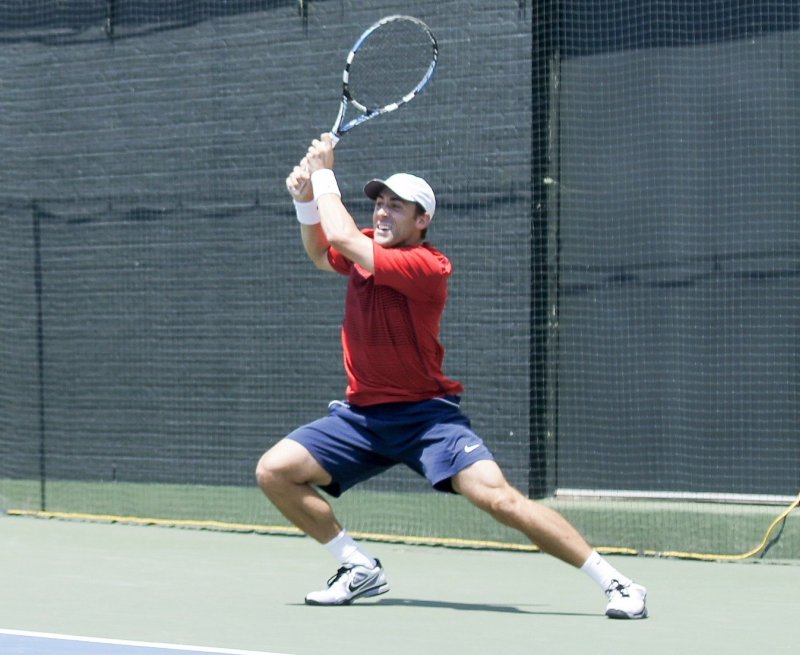yogabook / movement physiology / racketsports

Racket sports are usually based on catching balls or the like, which the opponent does not exactly place perfectly on your racket or hand. Rather, the opposite is the case for the purpose of winning points. This often requires sweeping, sometimes very fast movements with correspondingly abrupt stops. On less adhesive surfaces such as sand, ash or grass, this is already very stressful for the musculoskeletal system, but even more so on indoor floors, which are generally designed for optimum friction between the floor and footwear. What is missing in terms of slip is absorbed by the joints as impact. Racket sports therefore tend to involve significant risks and premature wear and tear, particularly of the cartilageous articular surfaces (osteoarthritis/arthrosis), ligaments (ligament distension and tears) and tendons (achillodynia, insertional tendinopathies).
